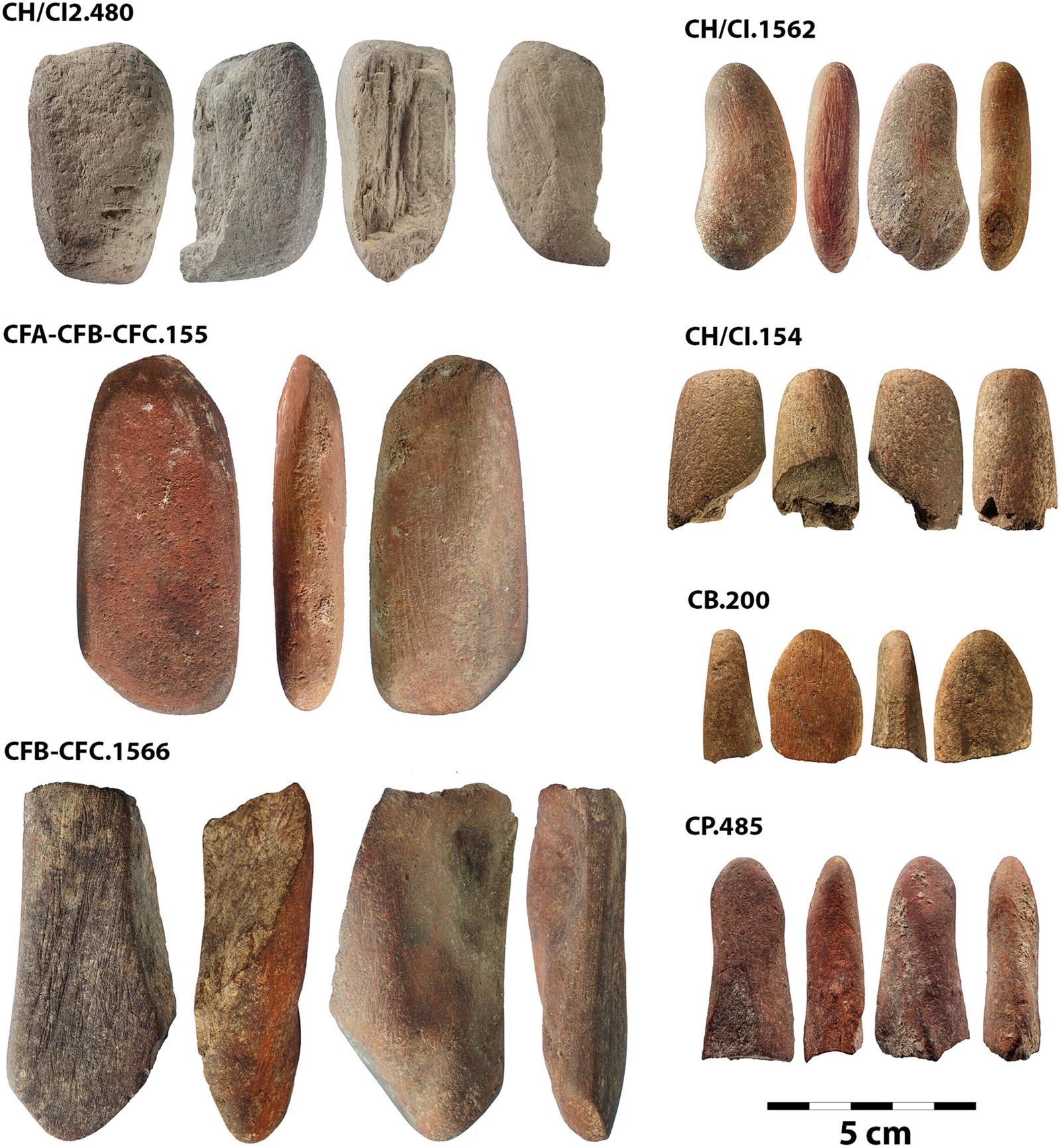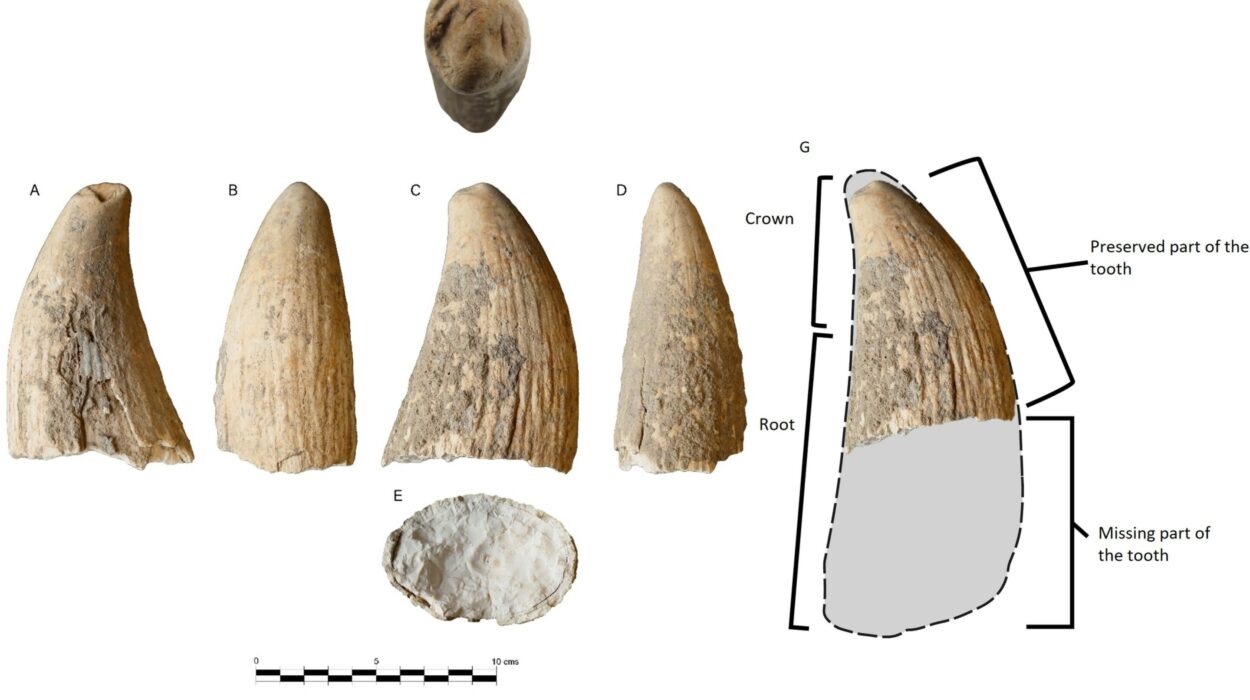More than fifteen centuries after Attila the Hun carved a path of fear and fascination across Europe, the language of his people has whispered back from the silence of time—and it’s not what scholars expected.
In a groundbreaking study published in Transactions of the Philological Society, linguists Dr. Svenja Bonmann from the University of Cologne and Dr. Simon Fries from the University of Oxford have traced the voice of the Huns not to Turkic roots, as long assumed, but to a far older, more elusive linguistic family: the Yeniseian languages of Paleo-Siberia.
Their research suggests that the Huns—along with their Asian ancestors, the enigmatic Xiongnu—spoke a language ancestral to Arin, a now-extinct member of the Yeniseian family. It’s a revelation that reconfigures the ancient story of Eurasian migration, identity, and linguistic evolution, placing the Huns in a surprising ancestral lineage that stretches deep into the wilds of prehistoric Siberia.
A Language Lost in the Steppe Winds
For generations, historians and linguists alike wrestled with the question: who were the Huns? When they thundered into southeastern Europe in the 4th century CE, they left no written records in their own tongue. Their presence was documented through the eyes—and often the fears—of outsiders. What remained were names, legends, and borrowed words, scattered like linguistic fossils across Chinese scrolls and Roman chronicles.
The prevailing assumption held that the Huns, like many Central Asian powers before and after them, must have spoken a Turkic language. The migration of Turkic-speaking peoples westward from the 7th century onward seemed to retroactively pull the Huns into that cultural lineage.
But Bonmann and Fries weren’t convinced.
Drawing on a broad array of linguistic evidence—loanwords, name etymologies, and early glosses in Chinese texts—they found that many of the linguistic signatures associated with both the Huns and the Xiongnu bore striking resemblance not to Turkic, but to Arin, an ancient Yeniseian language once spoken in the Altai-Sayan region near the headwaters of the Yenisei River.
“The data in isolation might not be compelling,” said Bonmann. “But taken together, it forms a powerful argument. All signs point to a shared linguistic heritage between the Huns and the Xiongnu—one rooted in Paleo-Siberia, long before Turkic languages emerged in the region.”
The Phantom Tongue of Arin
The Yeniseian languages are among the most mysterious linguistic families in the world. Today, they are represented only by Ket, a language spoken by a dwindling number of Indigenous people in Siberia. But their historical range once stretched far wider.
The Arin language, now long extinct, was one of several Yeniseian tongues spoken across central Siberia. What makes Arin unique is that it likely held a high status in Inner Asia around the 1st millennium CE—prestigious enough, perhaps, to influence early Turkic languages.
“Old Arin seems to have been a language of power and influence in Inner Asia,” Fries explained. “It even left linguistic fingerprints on the emerging Turkic dialects, indicating that it was spoken by a ruling elite.”
In fact, according to the study, the very name “Attila” might not be Germanic at all, as previously assumed. Scholars long believed it came from the Gothic or Latin for “little father.” But Bonmann and Fries offer a striking alternative: the name could be Yeniseian, roughly translating to “swift-ish” or “quick-ish”—a descriptor befitting a warlord whose cavalry campaigns reshaped the late Roman world.
From Mongolian Steppes to European Rivers
The roots of the Huns stretch deeper than most realize. Their ancestors, the Xiongnu, formed a loose but powerful tribal confederation in Inner Asia from the 3rd century BCE to the 2nd century CE. Chinese historical records labeled them with the term “Xiōng-nú”—a name echoed centuries later in the tales of the Huns.
Recent archaeological discoveries in Mongolia—including a ruined city believed to be Long Cheng, the Xiongnu capital—have fueled interest in the connections between these two enigmatic empires. Genetic studies and archaeological findings already suggested a lineage between the Xiongnu and the Huns. Now, the linguistic evidence seals that link.
According to Bonmann and Fries, the ancient population that gave rise to the Huns likely migrated westward from the Altai-Sayan mountains, leaving behind a trail of place and water names that still hint at their Arin-speaking past.
“Our study shows that these names, preserved through centuries, are linguistic fossils,” said Fries. “They record the footsteps of a migrating people who shaped the historical DNA of Europe.”
A Forgotten Voice, Rediscovered
The implications of the study ripple through multiple fields. For historians, it challenges long-held assumptions about the ethnolinguistic makeup of one of Europe’s most notorious ancient empires. For linguists, it showcases the enduring power of comparative philology to resurrect lost languages. And for those fascinated by human history, it adds a new chapter to the story of how peoples and ideas moved across continents.
“This is a reminder that history isn’t just what we inherit from books—it’s what we rediscover in traces, names, and forgotten echoes,” said Bonmann. “Linguistics allows us to listen to voices that no longer speak. And sometimes, they tell us stories we didn’t expect.”
The study also calls attention to the fragility of lesser-known languages, many of which face extinction today. With each lost tongue, we lose a worldview, a philosophy, a way of describing the universe.
The Unfinished Story of the Huns
More than a millennium after their empire faded into legend, the Huns continue to surprise us. They were not merely horse-bound invaders from the East, but the descendants of a far older culture—one whose language may have once dominated the heart of Asia, only to fade beneath the march of new tongues and new empires.
In piecing together the forgotten language of the Huns, Bonmann and Fries have done more than rewrite a chapter of ancient history. They’ve reminded us that beneath the dust of ages, the past still speaks—if we know how to listen.
And so, in the winding river names of Siberia, in the echoes of forgotten capitals, and in the syllables of “Attila,” a lost voice rises again. Not Turkic. Not Germanic. But Arin—swift, enduring, and once spoken by kings.
Reference: Svenja Bonmann et al, Linguistic Evidence Suggests that Xiōng‐nú and Huns Spoke the Same Paleo‐Siberian Language, Transactions of the Philological Society (2025). DOI: 10.1111/1467-968X.12321






